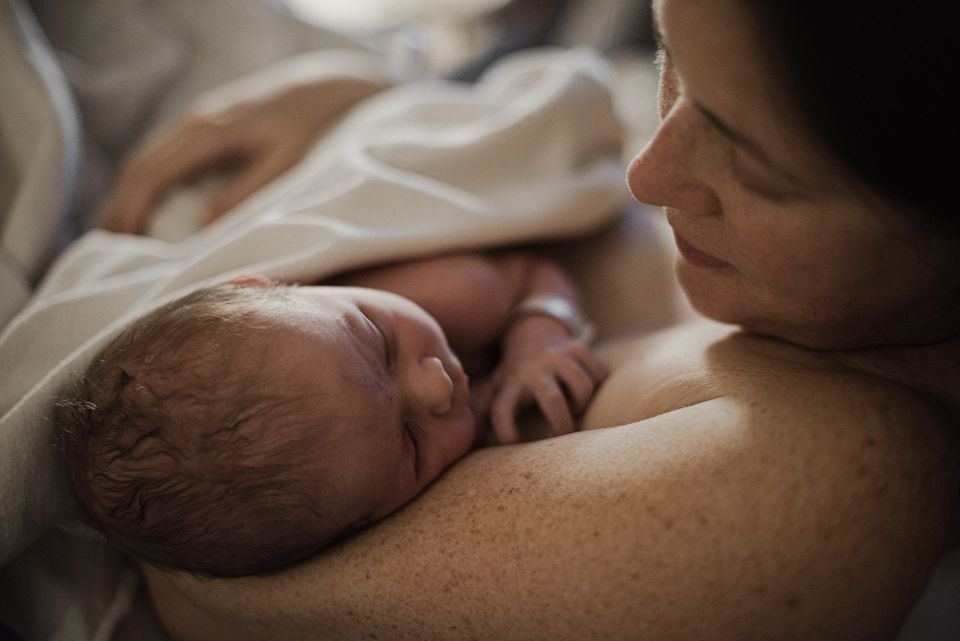Natural Remedies for Epidural Headaches
How To Heal Naturally (Without a Blood Patch)
What Causes An Epidural Headache?
“An epidural headache is caused by leaking spinal fluid when the dura which is the thin membrane that surrounds the spinal cord is punctured by an epidural needle. The fluid acts as a cushion around the brain and without it, the brain tends to sag and rubs painfully against the bony skull. This brain sagging causes stretching in the connective tissues in the cranium which also causes pain. A further cause of pain is the loss of Cerebral Spinal Fluid (CSF) which causes blood vessels in the brain to dilate.” www.epidural.net
Fast forward to Monday, two days later. I didn’t start experiencing the headaches right away, but within 72 hours of getting the epidural I did begin noticing the headaches.
How Is An Epidural Headache Different to Other Headaches?
"Epidural headaches are typically postural headaches, meaning that standing or sitting upright or even lifting your head will dramatically increase the pain whereas laying down relieves the pain almost instantly.” www.epidural.net
For me, I felt the pain in the frontal lobes of my head. The pain would come on when I sat up or stood for too long, growing in intensity the longer I was upright. Laying down I was fine, but when I was up for too long my head would start pulsing and my vision would grow blurry. I read up on Epidural Headaches online, talked with my midwife and even spoke with the anesthesiologist who was gracious enough to call me. He felt terrible, saying that while rare (1 in 200), it did sometimes happen. He kindly did not charge me. I felt bad for him too, I wouldn’t want the stress of his job!
My main questions were:
- How do I treat this?
- How long is this going to last?
- What are the risks of letting it go untreated and waiting for it to heal naturally?
How Do I Treat an Epidural Headache?
When searching online for, “How to heal an epidural headache naturally” the lists I found are mostly the same.
Very Well Family recommends:
- Lie flat as much as possible to prevent changes in the pressure inside the dural sac that can bring on head pain.
- Take over-the-counter pain relievers. If you're breastfeeding, ask your doctor which are safe to take and at what dose.
- Drink plenty of fluids.
- Sip coffee or tea: Caffeine sometimes can help relieve head pain.
- Try not to lift anything heavy. Have a nurse or your partner pick up the baby from his bassinet and bring him to you to feed or hold.
On Treating Pain they list:
- Up to 85% of headaches will resolve within 6 weeks.
- Supportive care involves rehydration and analgesics (painkillers/drugs).
- Caffeine can also help reduce headache severity.
- Bed rest is not an effective form of treatment.
- The gold standard of treatment is an epidural blood patch.
The goal of treatment is to restore pressure and replenish cerebrospinal fluid.
Wikihow does a great job of explaining why each of these treatment methods are recommended.
How Long Will My Epidural Headache Continue?
"Left untreated, an epidural headache will usually heal itself within a few days. Unfortunately for some of us, they can also go on for many months and will persist until the leak is closed either by blood patch or surgical intervention (rare). There have been a couple of reported cases of CSF leaks going on for years, but these were associated with tears of the dura." edpidural.net
What Are the Risks of Waiting for An Epidural Headache to Heal Naturally?
"The brain is cushioned by the Cerebrospinal Fluid around it. If the headache is left untreated, this cushioning is not present and it is occasionally possible for bleeding to occur into or around the brain (a subdural haematoma). Very occasionally, a fit (seizure) can happen." patient.info
Should I Get a Blood Patch?
If you opt not to wait it out, going back to the hospital for a blood patch is the "gold-standard" treatment for an epidural headache. From what the anesthesiologist explained, the procedure would be similar to getting the initial epidural. Some anesthesiologists are more apt to recommend this treatment right away, but from what I've heard in talking with my midwife, it seems most want you to wait it out. With an 80% efficacy rate, the blood patch is not full-proof either. You may have to have it re-done, and in a very few cases surgery is required. All-in-all, it's another hospital visit and another invasive procedure. I waffled back and forth, wondering if I should just get the blood patch. Both my midwife and the anesthesiologist were very supportive and helpful in presenting the pros and cons. The anesthesiologist was even willing to do the blood patch at no cost should I opt to go that route. In the end, I chose to believe that God would heal my body, that my body wanted to be made whole.
My Treatment Plan:
I'm not medical by any means, and none of what follows is meant to replace the recommendations of your doctor or midwife. I'm simply sharing my story, what worked for me in the hope that perhaps someone will stumble across this post and find the following information useful. This is the post I wish I had found when I was struggling, and really just wanted to read about someone who had been there too.
Bed Rest
I was wonderfully blessed to have my mom come for a visit for our son’s birth. She was there several weeks prior to his birth, and I was able to stay with us for the two weeks following his arrival. This was invaluable towards my healing, allowing me to spend most of the day horizontal in bed, resting and nursing our son.
Support
I couldn’t have asked for a better support team. Both my mom and my husband did an amazing job of caring for me and our new son in those immediate days after his birth. I literally did next to nothing for two weeks except for nurse my new baby.
Painkillers
I took Advil and Tylenol with caffeine (at doses recommended by the anesthesiologist). I was hesitant to take any pain medication since I was nursing, but the pain relief helped me to focus on resting. I can’t recall the exact number of days at this point, but I want to say that about 10 days after giving birth I stopped taking the pain meds. I wanted to make sure that if I started feeling better it was truly my body healing, not just the pain being masked by medication.
Massage and Essential Oils
My sister-in-law has massage training and she told us to "bring body awareness" to the area. As if to say, "Hey body, here is the part that really needs your attention. Send the needed healing here!" My mom started rubbing my back several times each day with essential oils to bring attention to the area of my body that needing healing through touch stimulation of my lower back where I had received the injection.
Nutrition
One of the books my midwife gave me to read during my pregnancy was, "The First Forty Days: The Essential Art of Nourishing the New Mother." It really impacted my thinking about how essential it was to focus on eating nourishing, replenishing and warming foods. Again, having my mom there to make us meals was an amazing gift.
Caffeine
Prior to giving birth I wouldn’t really have considered myself a coffee drinker. I enjoyed the occasional iced coffee on weekends that my husband would make me, but mostly I just didn’t drink coffee. To help with the headaches I started drinking two to three cups a day.
Gratitude
My mom was really good about reminding us to focus our thoughts on all that we had to be grateful for. Rehearsing again all the wonderful things about our son's birth, and the many ways God had blessed us. Prayer was a big part of our journey leading up to the birth, and in the days after as I journeyed towards full healing. It was so important being surrounded by people who believed with me, and for me that God was making me well.
Positive Thinking
There were several nights when I was very discouraged, just not knowing how long my headaches would last. I kept thinking of my mom leaving (we live in Canada and she lives in the USA) and not being there to care for me and make us meals. I didn’t know if I would be able to function. I wanted to be able to get up and do things, but all I could do was lay in bed. It was really important though to focus on positive thoughts... “I am getting better.” “My body is healing.” “I will be able to get up and do things soon, but right now I need to rest.”...and so on.
Time
This is probably one of the hardest "remedies" to walk out on this list, but also perhaps one of the most valuable. Time is after all one of the greatest healers. It was hard to be patient, hard to look ahead to a time in the future when I would be "myself" again. But healing takes time.
Within two weeks I was already feeling some improvement, and by the time we took my mom to the airport (17 days after our son’s birth) my headaches were completely gone and I was able to get up and make meals and do things around the house. It felt so good to be up and doing things.
While I never would have chosen to have the headaches, one positive outcome was that I did rest a lot more than I may have after giving birth. I believe that each one of the things listed above, working together brought about full healing.
If you're reading this as a new mama, suffering from the after effects of an epidural gone wrong, I feel ya. I've been there too. You will get through it. You will get up and do things again without pain. Be patient, you've got this mama.
All Rights Reserved | Yatav Project




